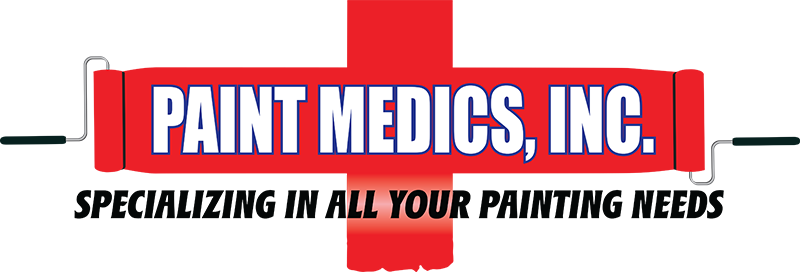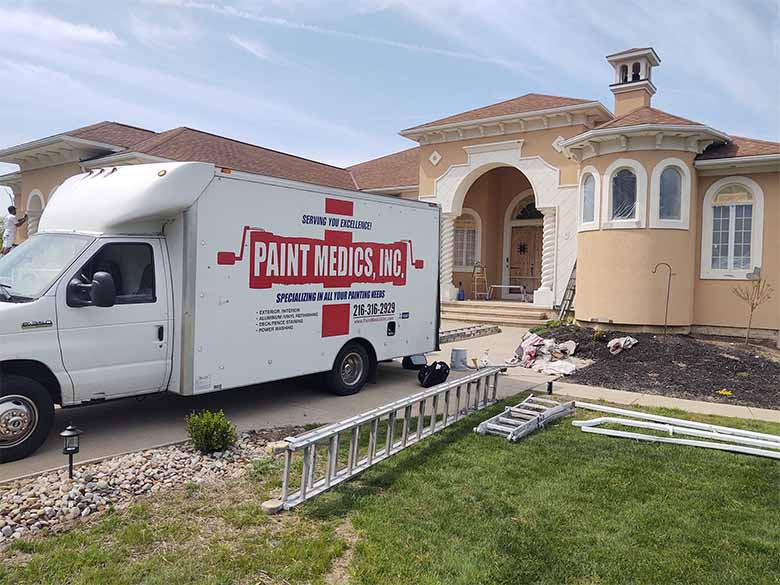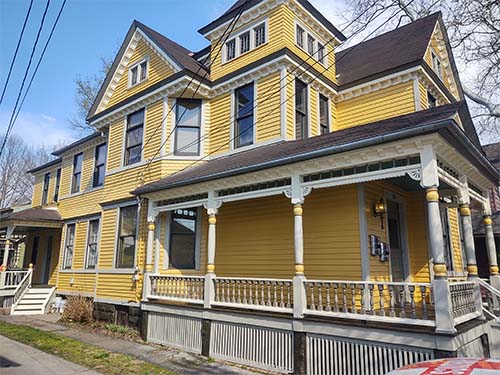The history of interior and exterior painting dates back thousands of years, with evidence of early forms of paint discovered in ancient civilizations. Some of the earliest records of paint usage can be traced to the Egyptians around 3000 BCE. They used a combination of natural pigments and minerals to decorate the interiors of their tombs and temples. Ancient Greeks and Romans also employed painting techniques to adorn the interiors of their buildings, using techniques like frescoes to create colorful murals on walls and ceilings.
In medieval times, painting techniques evolved, and the use of paint extended to the exteriors of buildings as well. European Gothic cathedrals and churches featured elaborate exterior murals and frescoes, depicting religious scenes and symbolic imagery. During the Renaissance period, painting gained even more prominence, with artists like Leonardo da Vinci, Michelangelo, and Raphael using paint to create masterpieces that adorned the walls and ceilings of palaces, churches, and public buildings.
The development of new pigments and paint formulations in the 19th century brought significant advancements to the world of interior and exterior painting. Artists and architects now had access to a wider range of colors and more durable paints, enabling them to experiment with different artistic styles and create long-lasting, vibrant murals and decorations. With the rise of industrialization, paint production became more accessible, and the use of paints in home interiors and exteriors became more widespread among the general population.
The 20th century witnessed further innovations in interior and exterior painting materials and techniques. The invention of latex paints in the 1940s revolutionized the industry, offering quick-drying, low-VOC (volatile organic compound) options that were more environmentally friendly than traditional oil-based paints. This shift towards more eco-friendly paints has continued, with the development of water-based and eco-conscious formulations becoming increasingly popular in the modern era.
Today, interior and exterior painting have become integral components of architecture, design, and renovation. Technological advancements have led to the creation of high-performance paints that offer increased durability, weather resistance, and ease of application. Additionally, digital tools and computer-aided design (CAD) software have empowered artists, designers, and homeowners to visualize and experiment with different paint colors and finishes before undertaking actual painting projects. As a result, interior and exterior painting remain essential aspects of creative expression and building maintenance, continuing to evolve with the ever-changing needs and preferences of society.




